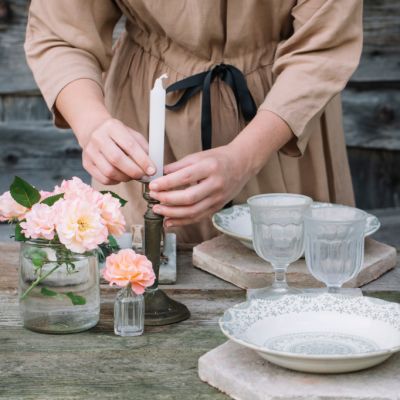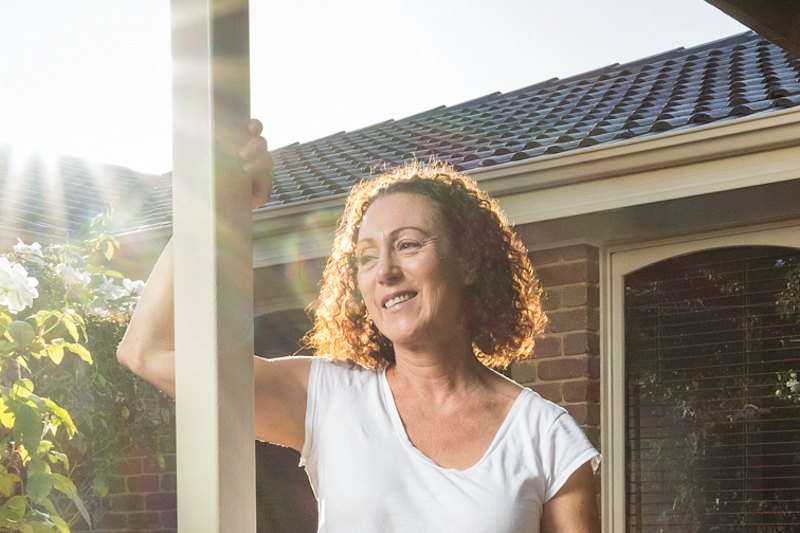Making memories and honouring traditions: the different ways to celebrate Christmas
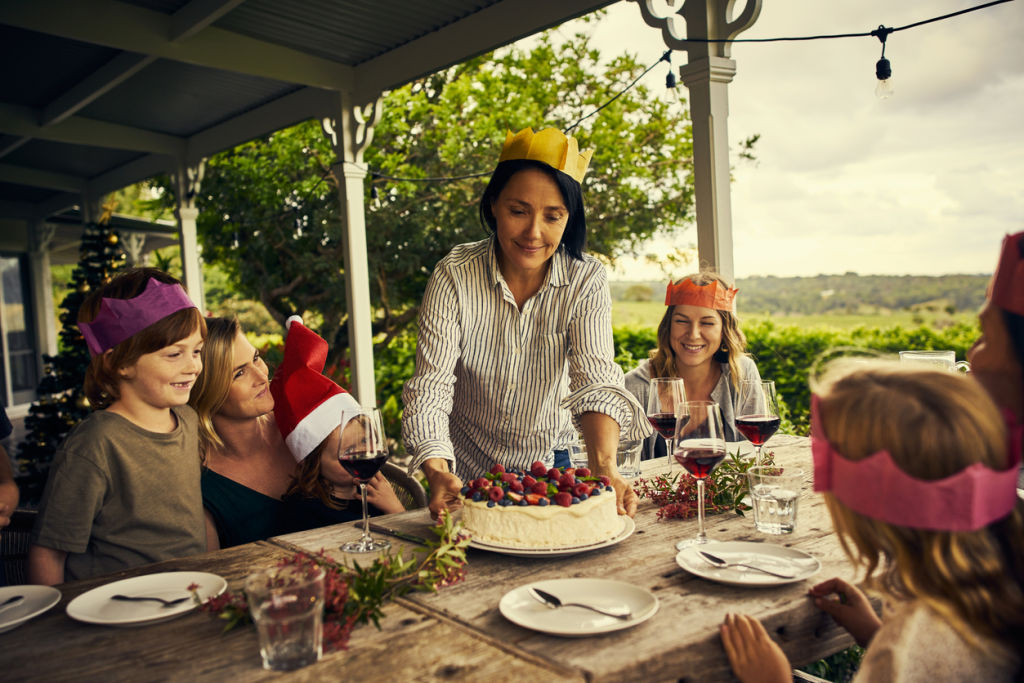
What does Christmas Day look like in your household? Do you serve up the traditional roast turkey and ham, followed by plum pudding with brandy sauce, or perhaps you do something entirely different?
With about 30 per cent of Australians born overseas and about the same percentage claiming to have no religion, Christmas celebrations come in all shapes and sizes, representing our nation’s diversity and multicultural heritage.
How people interpret and celebrate this Christian festival, incorporating their own cultural and family traditions, means Christmas celebrations are as unique as each of the households hosting them.
For the Melbourne-based Brasacchio family, Joe, Francy and their three children, Amelie, Allegra and Xavier, Christmas is an opportunity to celebrate their blend of Italian and Chilean cultures and bring both sides of their extended families together.
Christmas Eve is always celebrated at Francy’s parents’ home, in true Chilean style, with her mother going all out with decorations and cooking days in advance. Traditional dishes are served, including roast turkey and empanadas. Dessert is traditionally a dish called mote con huesillos, made from dried peaches and pearl barley.
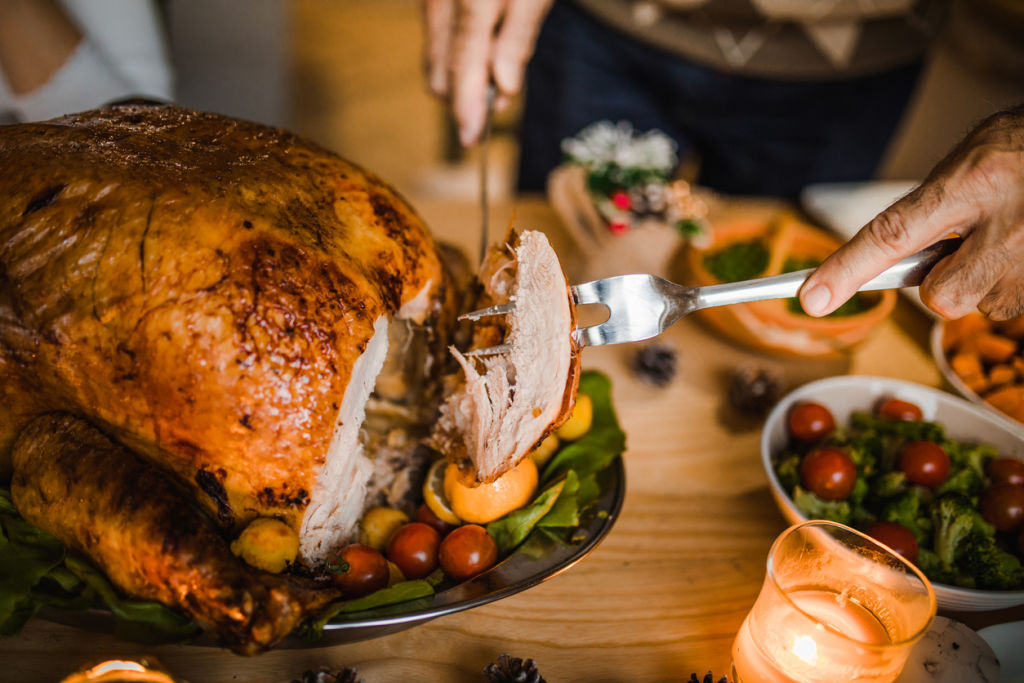
A popular celebratory drink is cola de mono, which is similar to eggnog. It’s flavoured with cinnamon and nutmeg, and contains either grape brandy (pisco) or aguardiente, which translates as ‘firewater’.
After dinner is over, Amelie, Allegra and Xavier, together with their cousins, receive their Christmas gifts on the stroke of midnight — a family tradition that has been passed down through the generations.
Christmas Day is spent with Joe’s large extended family and is an opportunity to celebrate his proud Italian heritage.
Until she passed away in 2016, Joe’s mother always hosted lunch on Christmas Day. Now his sister has taken on the important job of bringing the family together.
One dish that takes pride of place on the Christmas table and is a special tribute to his mother, is Joe’s lasagne.
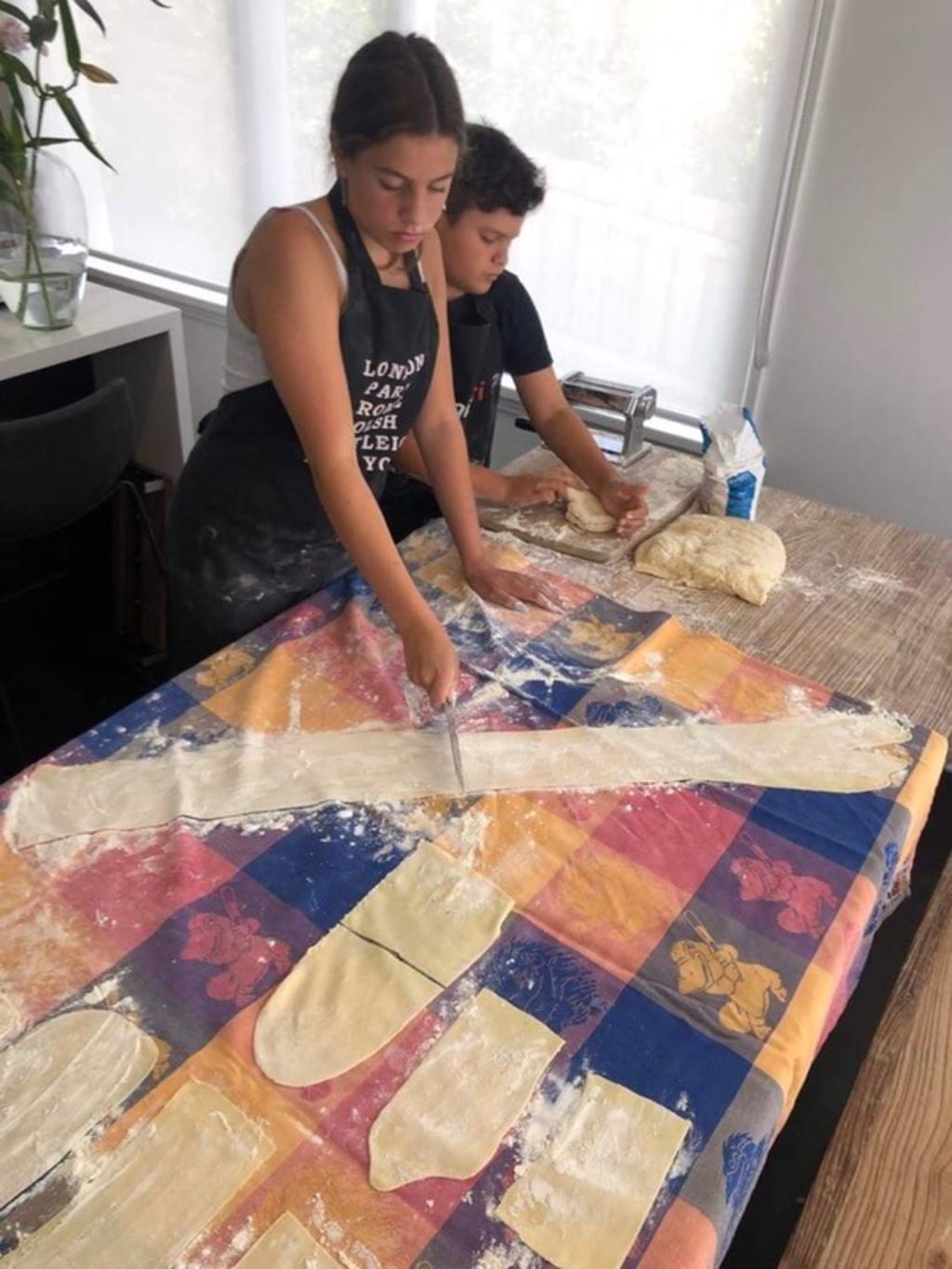
Each year Joe prepares the lasagne based on the recipe his mother taught him growing up. Rolling the fresh pasta sheets to Nonna’s standard is particularly important.
This year, in honour of his father’s hometown, Joe is also planning to make a dessert called pitta mpigliata, a Calabrese nut and fruit pastry.
For the Koscharsky family, who live between Sydney and Brisbane, Christmas is a time to celebrate their rich Ukrainian heritage. However, for this family, Christmas celebrations happen in the new year.
In their native Ukraine, where more than 67 per cent of the population adheres to a form of orthodox Christianity, Christmas Eve falls on January 6 and the celebrations are steeped in tradition.
The Christmas Eve supper (Holy Supper) brings the family together to partake in special foods and begin the holiday with customs and traditions dating back to antiquity.
Daughter of the family, Marta, hosts supper each year and says cooking preparations begin several days beforehand, with younger family members helping make the dumplings — an important part of the feast.
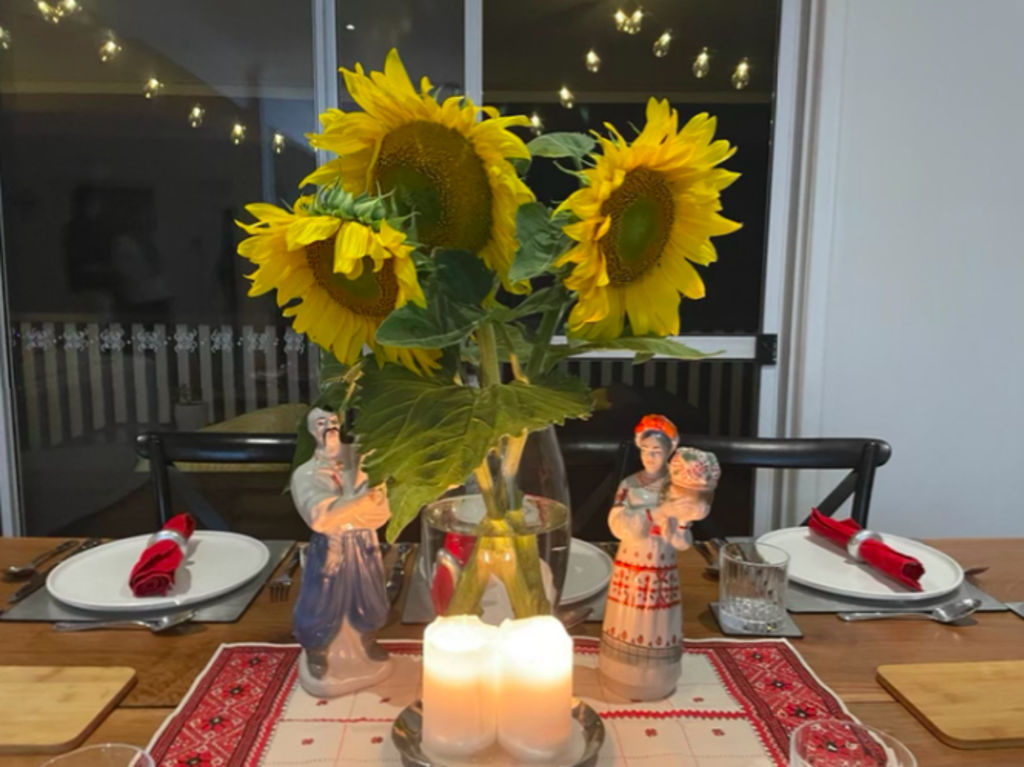
A dining table is prepared, with places set for family members who have passed. Hay is placed under the table, symbolising the stable and manger.
The predominantly vegetarian meal, which consists of 12 courses, each dedicated to one of the 12 Apostles, begins when the first star of the evening appears, believed to be the Star of Bethlehem.
The supper starts off with the most senior family member offering guests bread and honey, while giving them a special blessing. The second course, which is considered the most important, is a dish of boiled wheat mixed with poppy seeds, called kutia.
According to tradition, if you threw some of this dish up to the ceiling, you were able to predict how bountiful your harvest was going to be the following year.
The remaining courses include a traditional beet soup (borscht), a generous selection of vegetarian dumplings, cabbage rolls and fish.
Blessings made throughout the supper are toasted with vodka, and dessert is a special dish of stewed fruits, traditionally including 12 varieties, called uzvar.
The family attends church the next morning, which is followed by a more casual but equally sumptuous lunch.
Elsewhere in Australia, for those with no religious beliefs, Christmas may simply be a welcome holiday and an opportunity to catch up with friends and family.
Regardless of your beliefs and how you choose to celebrate, it seems the enduring importance of Christmas is the fact it brings people together and ensures important traditions continue.
We recommend
We thought you might like
States
Capital Cities
Capital Cities - Rentals
Popular Areas
Allhomes
More

